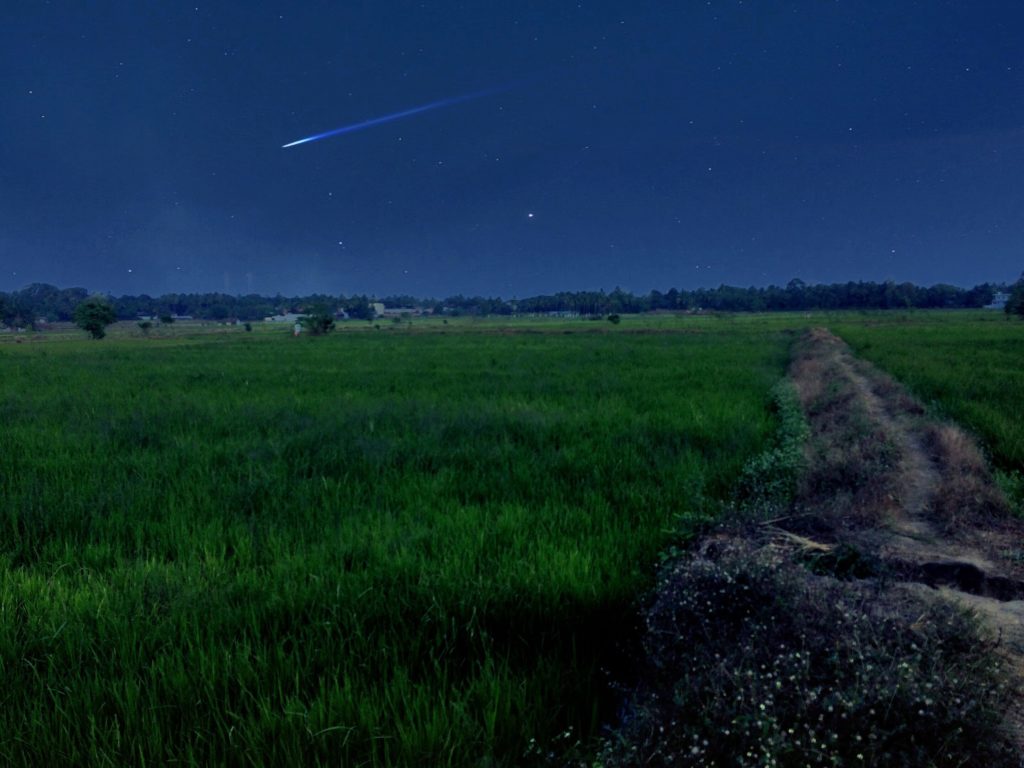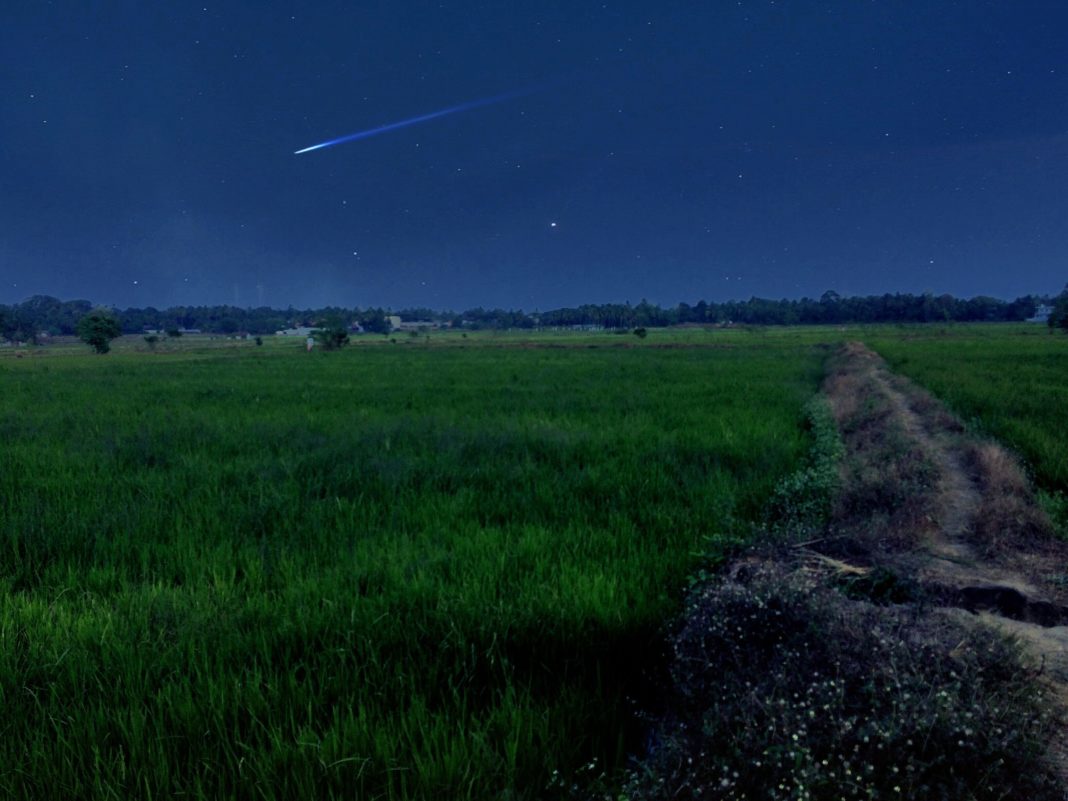The celestial light show was due to take place in 2020 but a malfunction in one of the satellites meant the space fireworks had to be delayed. Now Tokyo-based ALE has said the launch is scheduled to take place in 2025, when “ALE hopes to give Brits and others all over the world the opportunity to view the world’s first live human-made meteor shower”.

The aim of the project, called Sky Canvas, will be to collect atmospheric data in the mesosphere, the third layer of the atmosphere which is too low to be observed by satellites and too high for weather balloons or aircraft.
It is hoped that studying the path and light emission of these shooting stars will enable ALE to collect data – such as wind speed, and atmospheric composition – which can then help scientists and researchers develop new weather models.
Natural shooting stars form when dust from other space objects – such as asteroids and comets – enter the Earth’s atmosphere and heat up due to friction from the air. The heat causes gases around the space particles to glow brightly.
ALE plans to reproduce this effect artificially with metal-based “shooting star” particles, around 1cm in size. These grains will be placed in small satellites and sent to space where they will orbit the Earth. Once the orbit stabilizes, the particles will be released at around 400km above Earth and will travel a third of the way around the planet before burning upon entering the atmosphere at an altitude of 60-80 km.
The company said its ground-based experiments have succeeded in producing multiple colors, but it is not yet known whether multicolored shooting stars can be produced in orbit.
According to independent















